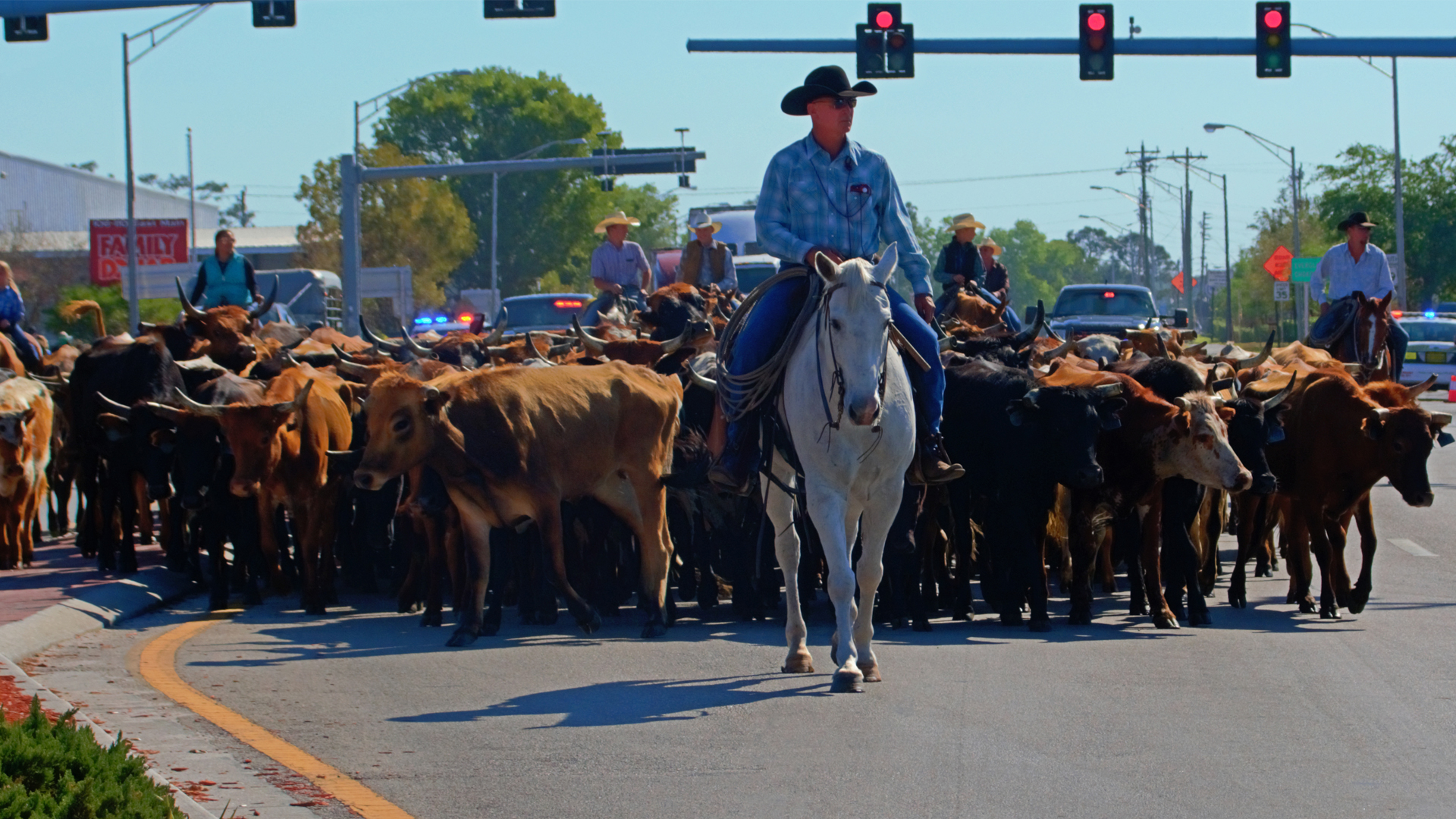LOS ANGELES — We all know what Florida is like. Or we think we do.
“Everybody thinks we’re white sand beaches and Mickey Mouse,” Clint Raulerson (shown here) said.
He’s one of the people in PBS’ “Family Pictures” and he’s definitely no Mousketeer. Talking to the Television Critics Association, he was wearing a 10-gallon hat.
Yes, he’s a cowboy; there are a lot of of them in Florida, he said. “We still have about a million head of cattle in the state.”
Raulerson owns some land – it’s been in his family for five generations – and tends to more. “I manage about 30,000 acres from some other families. We run abou 2,000 head of momma cows;.”
Now a different image might leap to mind. We could think of “Giant,” the novel and movie that juxtaposed a rich, white ranch-owner and the oft-abused Hispanic workers.
Except Raulerson, married to a Latina, promptly disputes that. “Our community is … one of the most diverse communities you’ll find,” he said. It has “a Haitian community, a Central American community, a Mexican community …. Asian, African-American, we have it all.”
That captures the spirit of “Family Pictures”: Starting with family photos, Thomas Allen Harris finds rich variety. There are three hours this first season, he said:
— “In North Carolina (9 p.m. Monday, Aug. 12), the theme largely is the movement from tobacco and textiles to tech.” There’s also a thriving drag culture and a Korean pastor of a Southern Baptist church.
— In Detroit (8 p.m. Tuesday), “labor and the auto industry transformed people’s lives.” He also met the daughter of the music-store owner who was the first to record Aretha Franklin.
— And in Florida (9 p.m. Tuesday), he visited Immokalee, where Edward R. Murrow’s 1960 “Harvest of Shame” viewed the mistreatment of migrant workers.
Zulaika Quintero remembers her migrant childhood. “My dad would say, ‘We are leaving tomorrow.’ So my mom had to pack what she could in a couple hours, … to leave, like at 3 o’clock in the morning.”
That made school a hit-and-miss thing. “I’d start in November, so you miss the beginning. Or I’d leave early. I remember crying when I was in 5th grade, (because) I couldn’t go on my field trips. I had to leave because of the crops in South Carolina, North Carolina, Tennessee.”
In his 1960 report, Murrow said no migrant child had ever graduated from college. The next generations would change that. “Once my first brother went off to college, there was no doubt that I had to go next,” Quintero said. “There was no option, no choice.”
Now she’s principal of a magnet elementary school, with families that adjust their lives to the school year. “I’ve had about 85 percent of our students … start the first day of school.”
That’s in a ranching/farming community that, the 2010 census says, is 71 percent Hispanic and 3.2 percent Caucasian. Clearly, as Raulerson says, it’s not a white sand, Mickey Mouse world.
